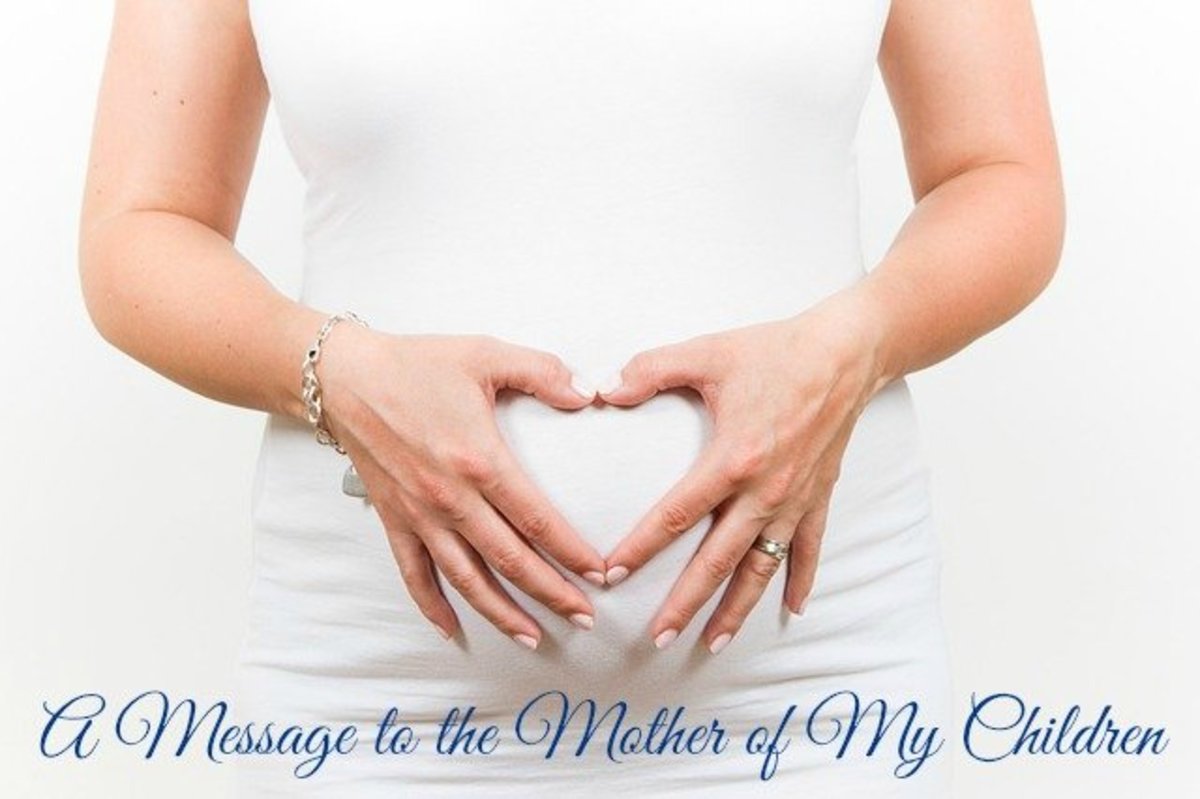The Mommy Wars: Round One - Baby Wearing VS. Free Range
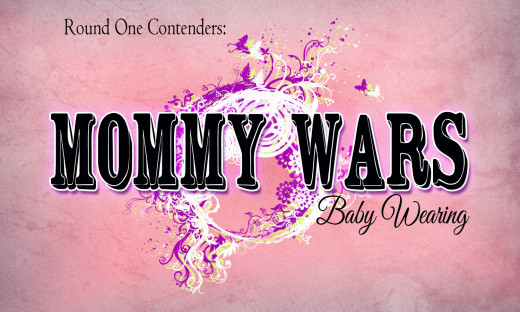
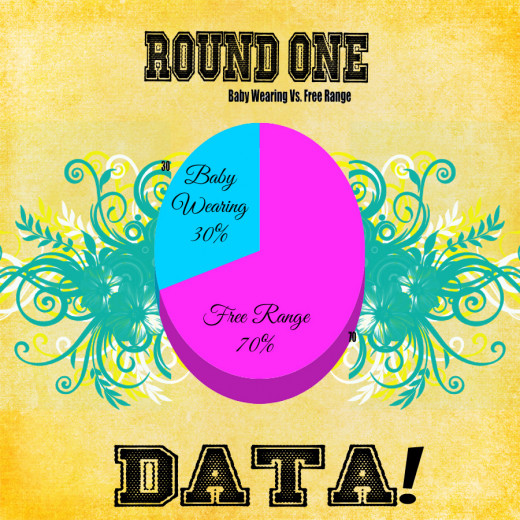
What This Battle Is About
Baby Wearing – this term is used parents who hold or carry a baby or young child in a sling or cloth baby carrier. Baby wearing has been practiced for centuries around the world. In modern times, the trend has gained recent popularity among advocates of “Attachment Parenting”. It’s a mode of baby transport that’s main purpose is to keep baby close as often as possible.
Free-Range – This term, as described for our survey purposes, is any other form of transport, not wearing your baby. This includes, but is not limited to a stroller or allowing the child to walk or carrying a child with your arms. This particular mode of baby transport leaves the baby freer from the parent, apart from the ‘attached’ baby in the baby wearing movement.
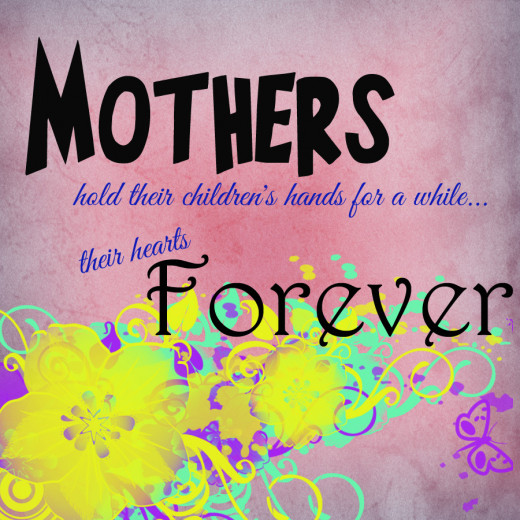
Conclusion of the Survey
For the most part, this particular battle between the decision to primarily use baby wearing and free-range has come down to convenience and the child’s age.
When going through the survey results of this particular battle, I found that most people found it easier to do household chores and run errands without a bulky stroller to tote around. It was easier for parents to wrangle small babies or toddlers while older children were walking or running around.
In regards to free-range mode of transport, it was clear that it was mostly due to concern over the independence of the child, health problems on the parent’s behalf or overall baby’s dislike for this method. It can make it harder on joints and back muscles to carry a child, thus the free-range option may be more likely to appeal to these parents. Free-range transportation of a baby or toddler does give the sense of independence for some parents.
Overall, this particular battle doesn’t seem to have much significance in the way of judgment for one side of the other. It seems more people lean towards the free-range option, for whatever reason, but they don’t care either way about what other people do. In the comments received on the survey of 100 people, most people said it was up to the child’s parent and they didn’t feel either way affected the child negatively.
It was pointed out, popular opinion on baby wearing, that there are more positive ‘effects’ on the baby’s sense of security and emotional stability when worn a majority of the time in comparison with the free range. It was also pointed out, as a positive effect on free-range side of this battle that it positively affected a child’s confidence and independence as it also gave the parents some space.

Weigh In on the Debate!
Do You Primarily Baby Wear or Free Range
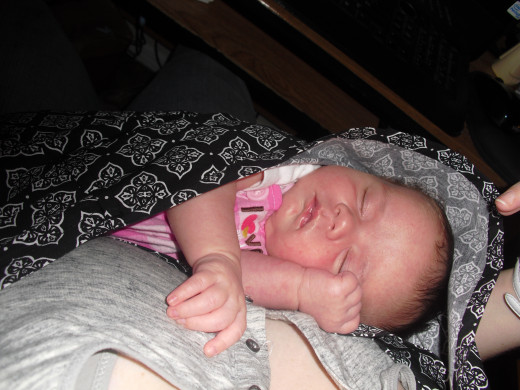
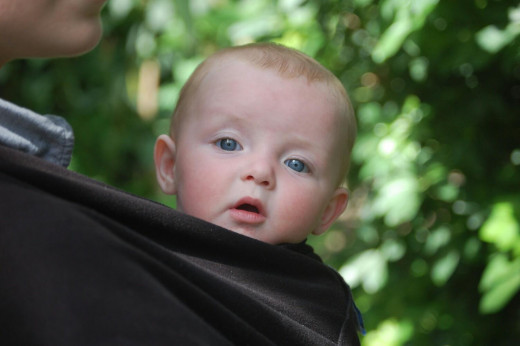
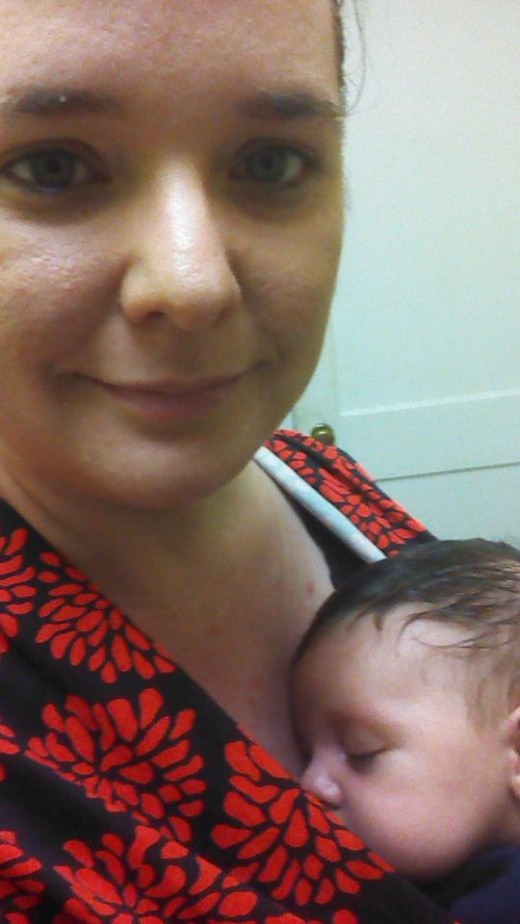
Pros and Cons of Baby Wearing
Benefits:
- It’s said that wearing your child increases a mother’s oxytocin levels and can lead to a more intimate bond with the parent carrying them, which can be beneficial for both mothers and fathers.
- Baby wearing has been attributed to calmer, more secure babies. Babies feel more secure being held by their caregiver and are balanced by the rhythms of their parental figure which can be soothing for them.
- A significant benefit noted of baby wearing is the decrease in the potential of plagiocephayl (flat head syndrome) which can be cause by baby laying on flat surfaces for extended periods of time.
- Convenience of keeping baby close at hand and readily accessible for all things and still be able to do household chores and run errands that may require two hands.
Cons:
- Baby wearing can make it hard for parents to carry other things efficiently. With a baby attached to your chest or hip, they may find it difficult to carry diaper bag, purses and other types of bags as in groceries or shopping bags and safely carry the baby.
- Parent may feel smothered by the baby, in that, adults need personal space as well.
- Depending on the stability of the parents’ joints and bones, baby wearing may be difficult on a more compromised muscle structure. People with back, hip, knee or shoulder problems would be advised to speak intensively with their health care provider before trying this out on their own.
- The baby may not like it. Some people find that the baby would rather not be confined and it would suit baby better to be outside the sling or wrap. When baby doesn’t like the wrap or sling associated with baby wearing, it can become an expensive mode of transportation as a wiggly baby can cause problems and wraps and slings are usually very expensive to buy.
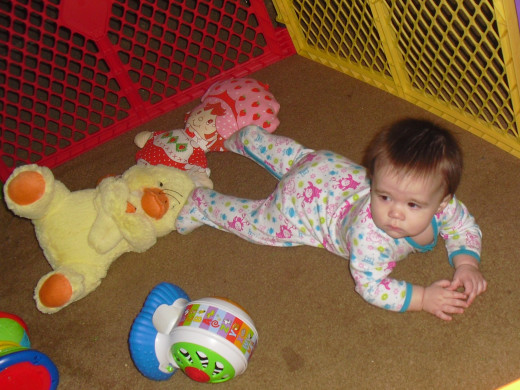
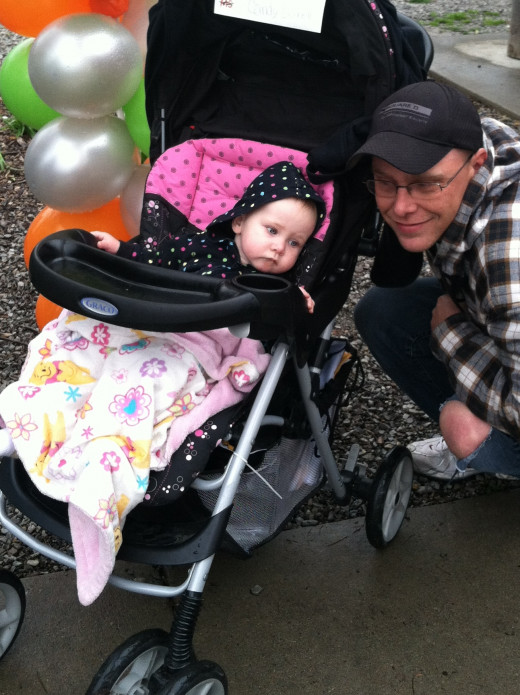
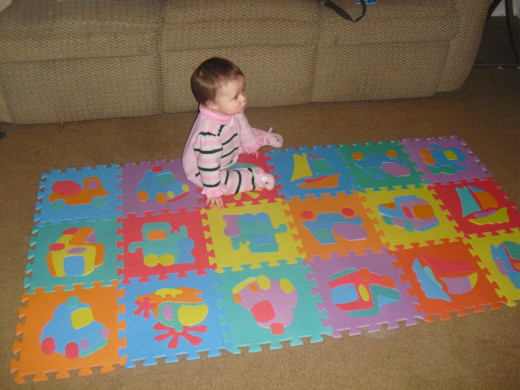
Pros and Cons of Free Range
PROS:
- Free Range has been attributed to helping babies and toddlers become more independent in themselves and interacting with others more freely. It can foster curiosity and a sense of self, by allowing a child to observe and experience on their own terms instead of their caregivers' terms.
- This mode of baby transport can give the parent or caregiver a much needed rest and a sense of personal space. This may be seen as selfish to some, it is a known fact that adults are people too and sometimes, they may just need a little space to call their own.
- Strollers especially are great for packing around large amounts of items. This is good for the new parent as they generally leave the house with everything but the kitchen sink! This way, there is plenty of room for all sorts of things from diaper bags to purses to extra side bags and tote bags without making it too cumbersome on parent and baby.
CONS:
- When a baby is laying flat on their back in a stroller or car seat for a prolonged amount of time, it can affect the pull on the spine and begin to straighten and flatten the bones and may cause deformities.
- Babies may have a difficult time seeing the world around them, which can hinder their exploration development. The only movement a baby can get from being in a carseat or stroller could be limited and therefore cause variable motion experience to be affected.
- Strollers and car seats are hard on parents’ backs and joints as well, especially car seats. Carrying heavy car seats and bags and supplies can put a strain on shoulders and back muscles.
- Strollers and carseats can be hard to manuever in tight spaces. It can be difficult to get on and off of public transit or down small hallways or aisles in the grocery store with this mode of child transport.

Comments From Both Sides
- "Baby Wearing was a pain in the ass. Having a squirmy, sweaty infant all up in my business wasn't fun."
- "We do both, however, due to a bad back it's very hard for me to baby wear for an extended period of time. I feel like this choice doesn't affect children."
- "My son didn't like the constraint of the Baby Bjorn or the Ergo Baby. I would have loved baby wearing but it only works if the baby cooperates."
- "I love my kid, but I don't need to be physically attached to her 24/7 and there's absolutely no harm in not being. Independence is a good thing."
- "Baby Wearing seemed obvious to me. Hold my baby warm and close or put her in a plastic and fabric contraption away from me? Easy choice."
- "Baby Wearing helps the baby regulate their body temperature easier. It also helps build a faster bond with the baby."
- "I primarily baby wear as I found strollers to be unwieldy."
- "I believe children are meant to be carried, in arms, wraps, slings, and the like. It's natural and comforting for the child. I do not want my child to feel removed from me or afraid that they're all alone."
Want to Learn More About The Other Battles?
Go back to the homepage of this web series, by clicking here.




